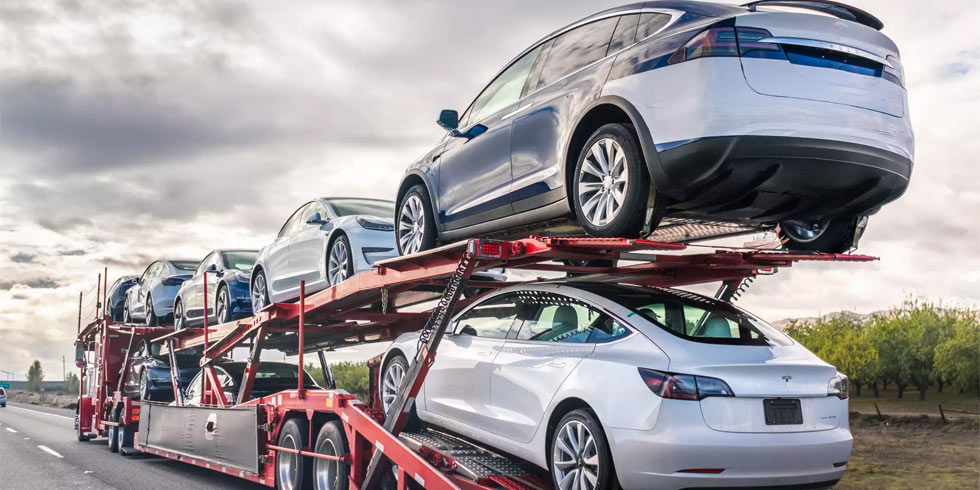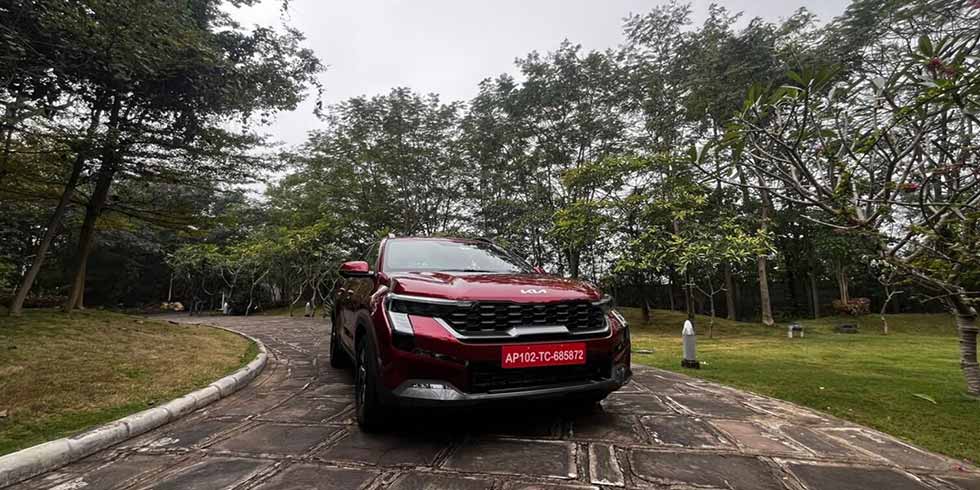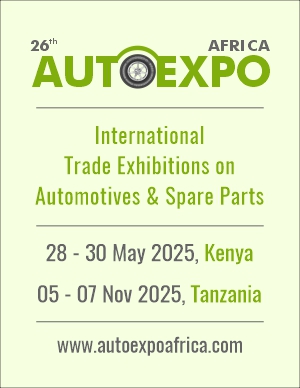Despite the extended Covid-19 lockdowns and overall decreases in car sales in 2020, India was the main country of origin for car imports into South Africa, according to the latest 2021 car report.
According to the Automotive Export Manual report released by the Automotive Industry Export Council on Friday, India has been developed as a production base for entry-level and small vehicles by various global brands, with the majority of vehicles imported from India falling into these categories.
In 2020, Volkswagen's Polo Vivo was the sole vehicle in these classes produced locally in South Africa.
India supplied 87,953 passenger cars and light commercial vehicles to South Africa, representing for 43.2 percent of the total imported passenger cars and light commercial vehicles.
South African passenger cars and light commercial vehicles made up nine of the top ten selling vehicles in 2020. South African motorists are more likely to drive bakkies (pickup trucks), which can be used for both commercial and recreational purposes, than passenger automobiles, which is an unusual phenomena.
This was welcome news for Rajesh Gupta, CEO of Mahindra SA, the Indian automaker's local subsidiary.
In the last three years, the Mahindra Pik Up has been the fastest-growing bakkie line.
“India and South Africa have a strong and growing relationship. Not only is trade between the two countries substantial, but South Africa also serves as an excellent gateway for Indian goods into the rest of Africa.
“This is especially true for our Pik Up model line, which is assembled locally and shipped to SADC nations," Gupta told PTI.
South African car exports fell by 115,804 units to 271,288 units in 2020 as a result of the Covid-19 epidemic, down from a record 387,092 vehicles exported in 2019, with the export value falling by R26.8 billion from R148.0 billion in 2019 to R121.2 billion in 2020.
Despite this, the research was upbeat about the automobile sector for the coming year, based on government responses to the pandemic as well as the vaccine and how it is implemented.










Add Comment